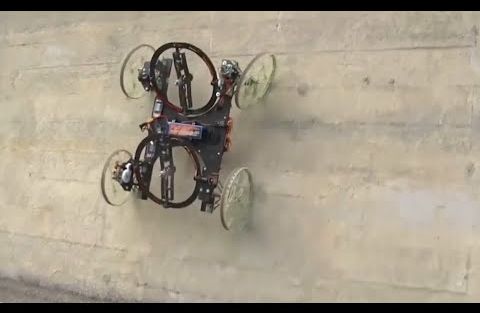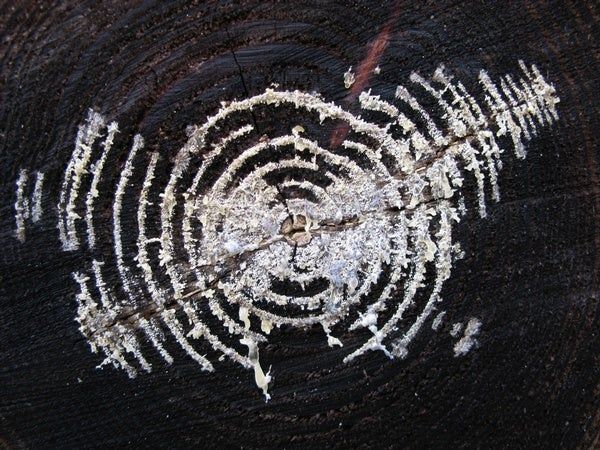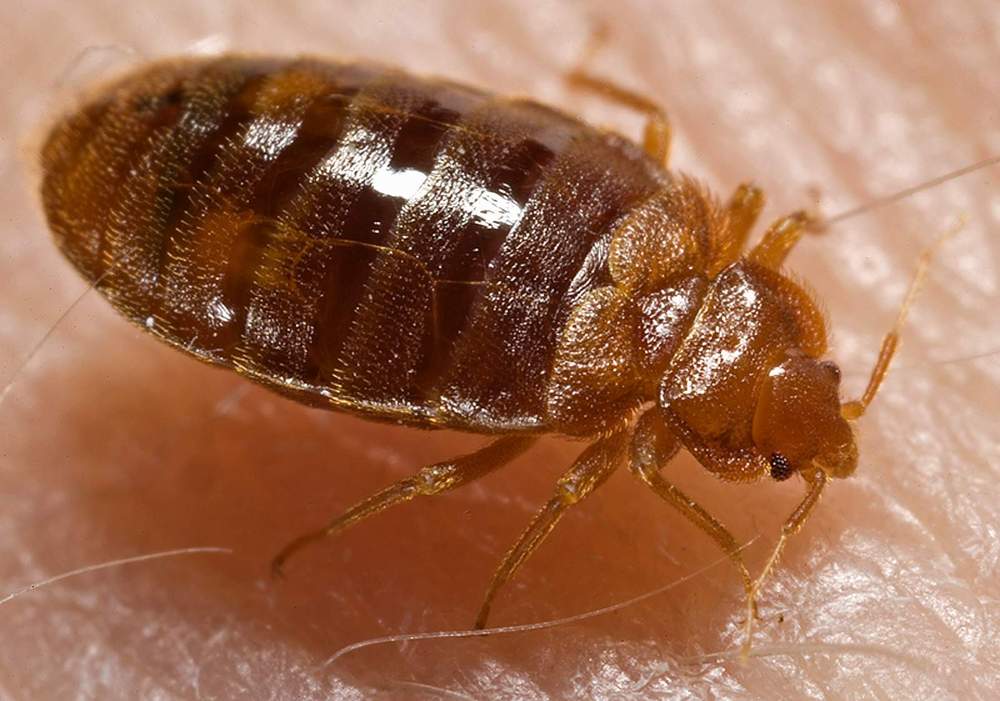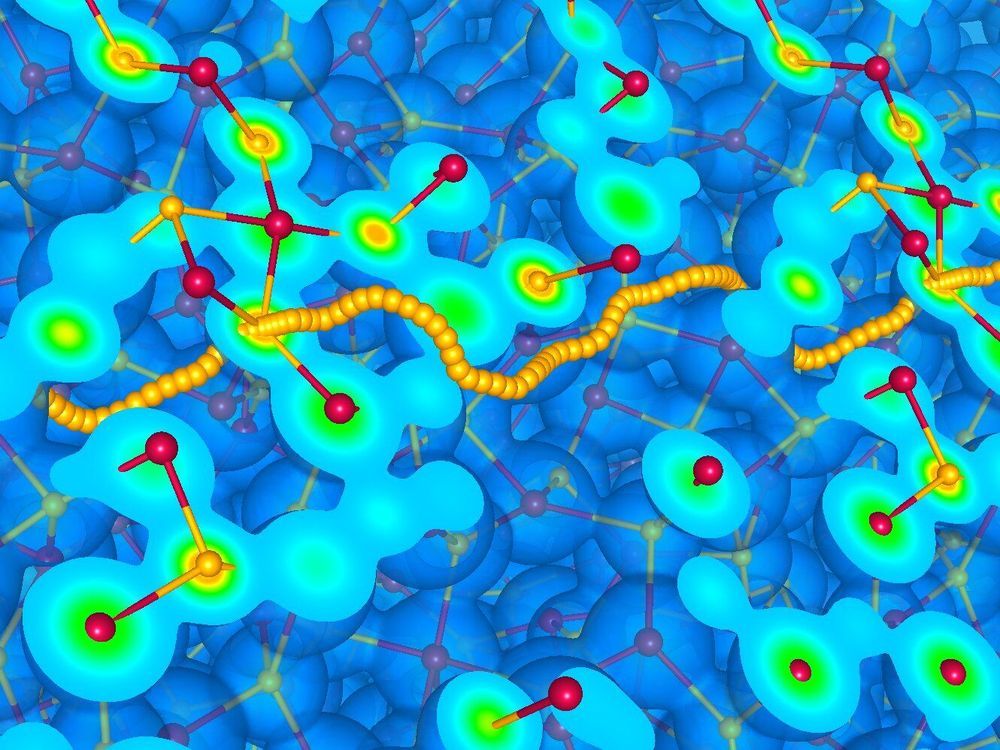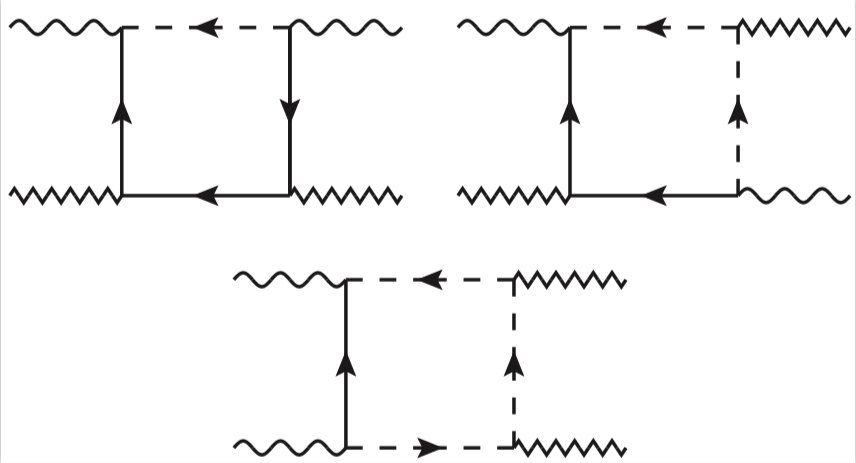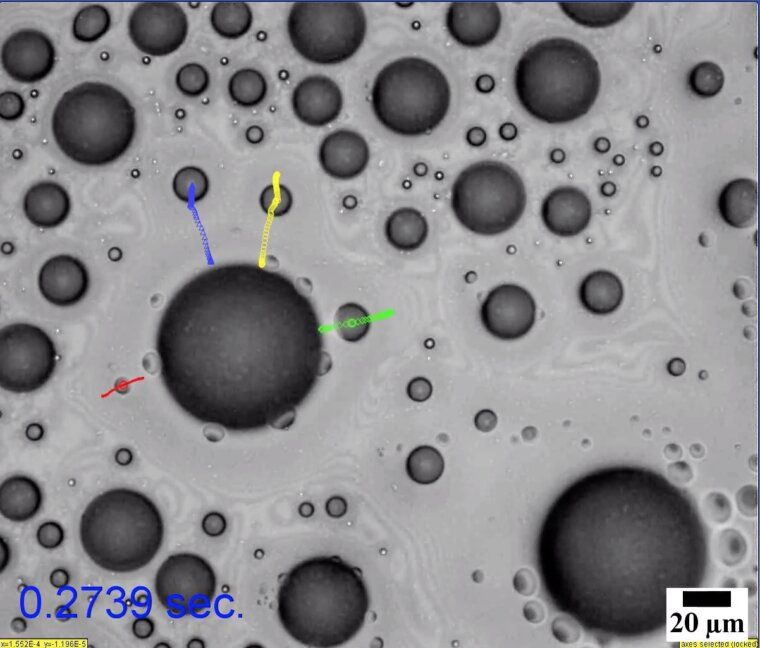Page 7642
The geth (“Servant of the People” in Khelish) are a race of networked artificial intelligences that reside beyond the Perseus Veil. The geth were created by the quarians as laborers and tools of war. When the geth became sentient and began to question their masters, the quarians attempted to exterminate them. The geth won the resulting war, and reduced the quarians to a race of nomads.
The history of the geth’s creation and evolution serves as a warning to the rest of the galaxy of the potential dangers of artificial intelligence and to the legally enforced, systematic repression of artificial intelligences throughout galactic society.
Jul 1, 2019
Nicolas Cage Can Now Be Put Into Any Movie in History Thanks to A Machine-Learning Algorithm
Posted by Quinn Sena in categories: information science, robotics/AI
Jul 1, 2019
The Mycelium Revolution Is Upon Us
Posted by Quinn Sena in categories: biotech/medical, food
All hail the mushroom king :P.
It’s the fungus mushrooms are made of, but it can also produce everything from plastics to plant-based meat to a scaffolding for growing organs—and much more.
- By Eben Bayer on July 1, 2019
Jul 1, 2019
Female bed bugs ‘control’ their immune systems ahead of mating to prevent against STIs
Posted by Quinn Sena in categories: biotech/medical, food
Female bedbugs who are ‘full bellied’ and therefore more attractive mates for males, are able to boost their immune systems in anticipation of catching sexually transmitted infections, research has found.
Led by the University of Sheffield, the research discovered a correlation between fed females and the chances of them being inseminated and therefore infected as a result.
To mitigate this, female bedbugs that have just dined on blood and are therefore full, are able to cleverly manage their simple immune system in anticipation of mating. This is in comparison to female bedbugs that do not get regular food, do not mate regularly and therefore do not have the same need to boost their immune system in defence of infection.
Jul 1, 2019
Theoretical physicists unveil one of the most ubiquitous and elusive concepts in chemistry
Posted by Quinn Sena in categories: chemistry, computing, particle physics, quantum physics
Oxidation numbers have so far eluded any rigorous quantum mechanical definition. A new SISSA study, published in Nature Physics, provides such a definition based on the theory of topological quantum numbers, which was honored with the 2016 Nobel Prize in Physics, awarded to Thouless, Haldane and Kosterlitz. This result, combined with recent advances in the theory of transport achieved at SISSA, paves the way to an accurate, yet tractable, numerical simulation of a broad class of materials that are important in energy-related technologies and planetary sciences.
Every undergraduate student in the natural sciences learns how to associate an integer oxidation number to a chemical species participating in a reaction. Unfortunately, the very concept of oxidation state has thus far eluded a rigorous quantum mechanical definition, so that no method was known until now to compute oxidation numbers from the fundamental laws of nature, let alone demonstrate that their use in the simulation of charge transport does not spoil the quality of numerical simulations. At the same time, the evaluation of electric currents in ionic conductors, which is required to model their transport properties, is presently based on a cumbersome quantum-mechanical approach that severely limits the feasibility of large-scale computer simulations. Scientists have lately noticed that a simplified model where each atom carries a charge equal to its oxidation number may give results in surprising good agreement with rigorous but much more expensive approaches.
Jul 1, 2019
Study unveils new supersymmetry anomalies in superconformal quantum field theories
Posted by Quinn Sena in categories: mathematics, particle physics, quantum physics
Researchers at the University of Southampton and the Korea Institute for Advanced Study have recently showed that supersymmetry is anomalous in N=1 superconformal quantum field theories (SCFTs) with an anomalous R symmetry. The anomaly described in their paper, published in Physical Review Letters, was previously observed in holographic SCFTs at strong coupling, yet their work confirms that it is already present in the simplest free STFCs.
“Supersymmetry is a symmetry that relates particles with integer and half-integer spin, and has played a central role in many advances in theoretical physics since its discovery,” Kostas Skenderis, one of the researchers who carried out the study, told Phys.org. “It has been used as a means to understand the behavior of strongly interacting quantum systems where our usual theoretical tools (perturbation theory) are not applicable, as well as in some of the main candidates for beyond the Standard Model physics.”
Supersymmetry underlies the mathematical consistency of string theory, which is the most complete theory of quantum gravity proposed so far. A quantum anomaly, such as that observed by the researchers, is essentially the failure of a symmetry to be preserved at a quantum level. These anomalies typically come in two types: “bad” ones, which render string theory mathematically inconsistent and “healthy” ones, which capture important quantum properties of the theory.
Jul 1, 2019
Solving a condensation mystery
Posted by Quinn Sena in categories: computing, engineering, sustainability
Condensation might ruin a wood coffee table or fog up glasses when entering a warm building on a winter day, but it’s not all inconveniences; the condensation and evaporation cycle has important applications.
Water can be harvested from “thin air,” or separated from salt in desalination plants by way of condensation. Due to the fact condensing droplets take heat with them when they evaporate, it’s also part of the cooling process in the industrial and high-powered computing arenas. Yet when researchers took a look at the newest method of condensation, they saw something strange: When a special type of surface is covered in a thin layer of oil, condensed water droplets seemed to be randomly flying across the surface at high velocities, merging with larger droplets, in patterns not caused by gravity.
“They’re so far apart, in terms of their own, relative dimensions”—the droplets have a diameter smaller than 50 micrometers—” and yet they’re getting pulled, and moving at really high velocities,” said Patricia Weisensee, assistant professor of mechanical engineering & materials science in the McKelvey School of Engineering at Washington University in St. Louis.
Jul 1, 2019
Has the speed of propagation of a magnetic force field been measured? If so what is it?
Posted by Quinn Sena in categories: physics, space
There’s only a few days left before our second conference in New York City takes place, and June has brought a lot of exciting news, such as the results of UNITY’s senolytic human trial, as well as a number of episodes of LifeXtenShow, our new YouTube show that is now a little over a month old already. Let’s dig into the details!
LEAF News
